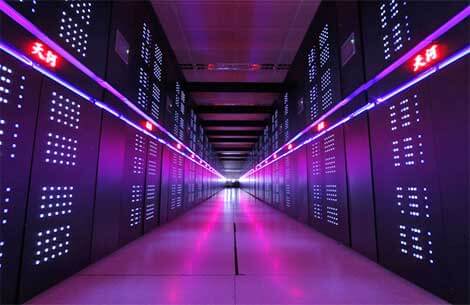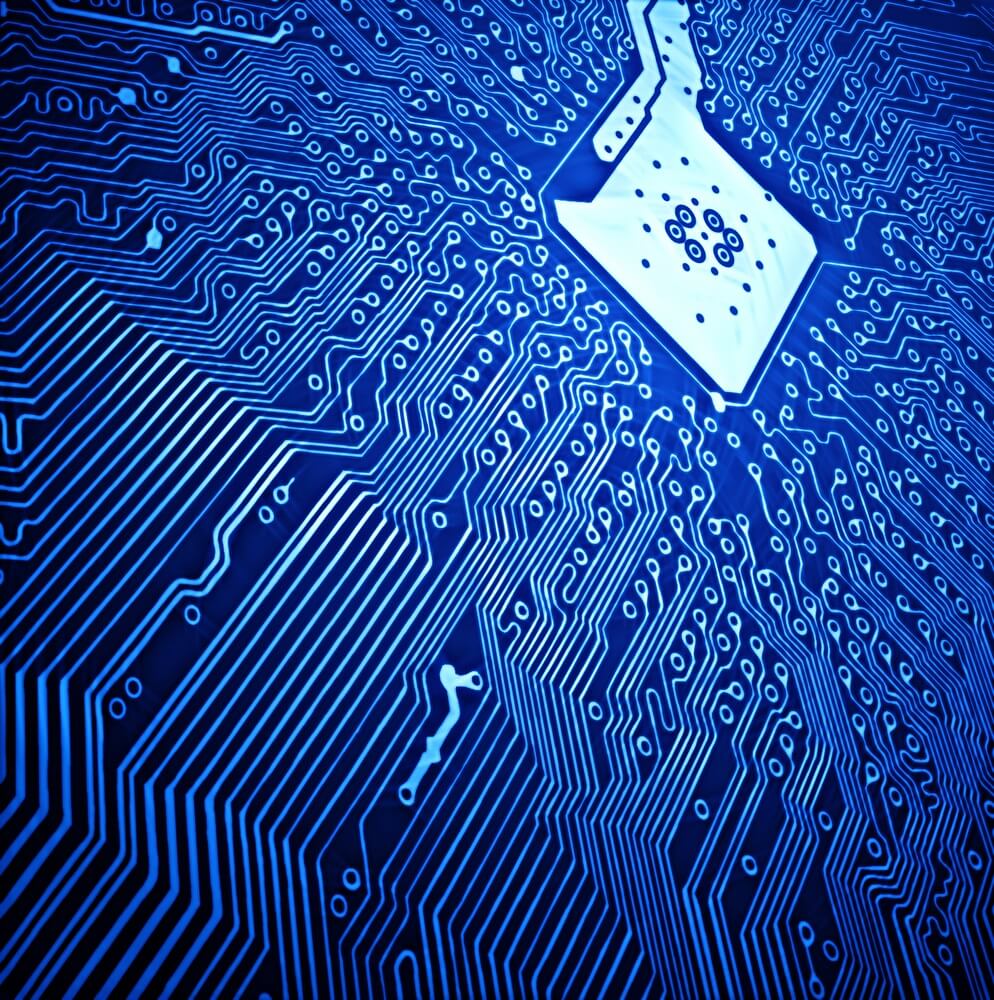China has taken back the title of the fastest supercomputer in the semi-annual list of the world's 500 most powerful supercomputers announced this week at the Supercomputer Conference in Leipzig, Germany.

China has taken back the title of the fastest supercomputer in the semi-annual list of the world's 500 most powerful supercomputers announced this week at the Supercomputer Conference in Leipzig, Germany.
The most powerful high-performance computer (HPC) is Tinha-2 (Milky Way 2) which contains 3.12 million Intel Xeon and Xeon-Fi processors, 5 times more than the AMD/Nvidia processors powering the second place computer - Titan at Oak Ridge National Laboratory, and about 2x more than the IBM processors powering the Sequoia computer at the Lawrence Livermore National Laboratories.
Milky Way 2 has a performance of over 50 petaflops, running in the supercomputing center in Guangzhou, China. Its 3.2 million cores are spread over 32 thousand processors with eight cores each in the 22 nm Xeon E5-2600 model and 48 thousand Xeon Phi processor cards.
The architecture is divided between 16 thousand nodes, each of which contains two Zeon Ivy Bridge processors and three Zeon Pi processors.
The peak performance of the Milky Way-2 may reach 54.9 petaflops and in its standard configuration it will provide a power of close to 34 petaflops.
The second most powerful computer - Titan, which was in first place last year, is located in the facilities of the Ministry of Defense and is based on the Cray-XK7 system at the Oak Ridge National Laboratory and it runs a record speed of 27 petaflops and 17.6 petaflops on offer using 18,688 AMD processors with 16 Optron model cores and 6,274 processors Ezer and 261,632 NVIDIA K20x processors. In total it contains 560 thousand cores.

The computer in third place, Sequoia, which was twice in first place, and last time was in second place, is based on IBM BlueGene/Q and resides in the Lawrence Livermore National Laboratories. It runs at a record speed of 20 petaflops (17.2 on average), using 98 thousand processors
BQC have 16 cores and a total of 1.57 million cores.
Elsewhere in the first place according to power is Fujitsu's K computer for advanced computing in Cuba, Japan, which uses 705 Spark 64 processors; A second Blue Gene system - Mira at the Agron National Laboratory with 786 thousand cores, a Stampede computer at the Texas Advanced Computing Center in Austin with 462 thousand cores, a JUQUEEN in Germany with 459 thousand cores, another Blue Gene in Lawrence Livermore with 393 thousand cores, another computer from IBM - SuperMUC in the center of the company in Leibniz, Germany with 147 thousand cores and in tenth place the winner of November 2010 and the predecessor of the Milky Way-2 MilkyWay-1A in the center for computing in Tianjin with 186 thousand cores.

4 תגובות
simple math,
This is called Grid, as in the SETI project. But here it is about something else, and the uses accordingly.
For example complex and complicated simulations of various weather phenomena, nuclear fission, and chemical and biological processes.
Simple calculation, show me one computer network that manages to reach such a processing speed.
This is not the same architecture, the comparison is incorrect.
What is different than just a computer network
Except maybe from the speed of information transfer between processors
There are off-the-shelf solutions for this too.